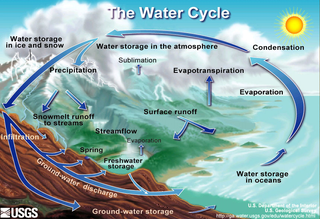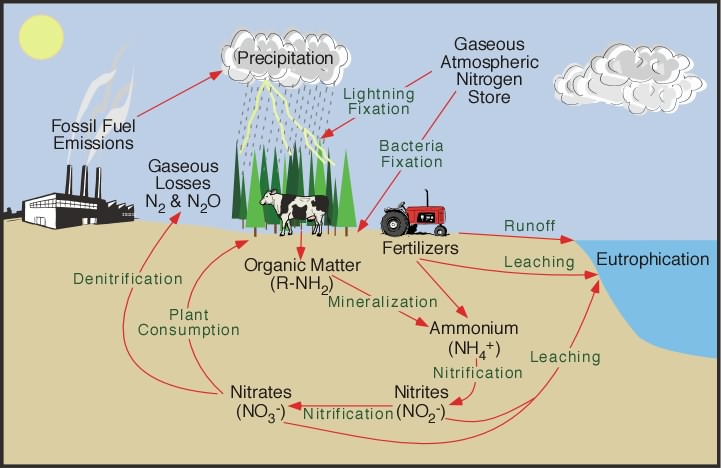Mutualism- Lichen is a composite organism that is usually made up of a fungus and a green alga or cyanobacterium. The alga is photosynthetic in nature and so, reduces carbon dioxide into sugars that feeds the fungus as well. The fungal counterpart in the meantime, helps provide protection to the alga by retaining water and helping in obtaining minerals from substrate. Thus, both the fungus and the green alga benefit from this relation.

Commensalism- The caribou or reindeers tend to feed on lichens when the weather is at its worst and coldest, as more often than not, this is the only food available to them which can provide them with carbohydrates and can give them energy and heat. So, when the caribou is on the lookout for food, the arctic fox follows it. Then, when the caribou digs the ground snow in a quest to find food, it digs up the soil and slightly exposes, or at least brings closer to the surface some of the subnivean mammals, with whom the arctic fox shares a predator prey relationships in the tundra. So, once the caribou is done with its hunting, the arctic fox then follows and digs further deep and gets its food in the form of the mammals. Hence, this is one of the best examples of commensalism in the tundra region, wherein the caribou remains unaffected but the arctic fox manages to get its food with some help from the caribou.
Parasitism- One of the lesser known tundra facts is that even parasitism is seen in the tundra region. This is usually seen in cases of liver tapeworm cysts. The liver tapeworm cysts tend to stay and grow in the body of various animals like moose, caribou and even wolves. These tapeworms then feed on the food that is eaten by these animals, which leads to malnutrition in the host body, that is, in the animal.
Competition- Caribou and Musk Ox can compete for food if the supply is low. Both eat plants and may compete for sedges and grasses. For the most part, animals in the Tundra do not have to compete for resources since the Tundra is only inhabited by a select number of species who can survive the harsh conditions.





